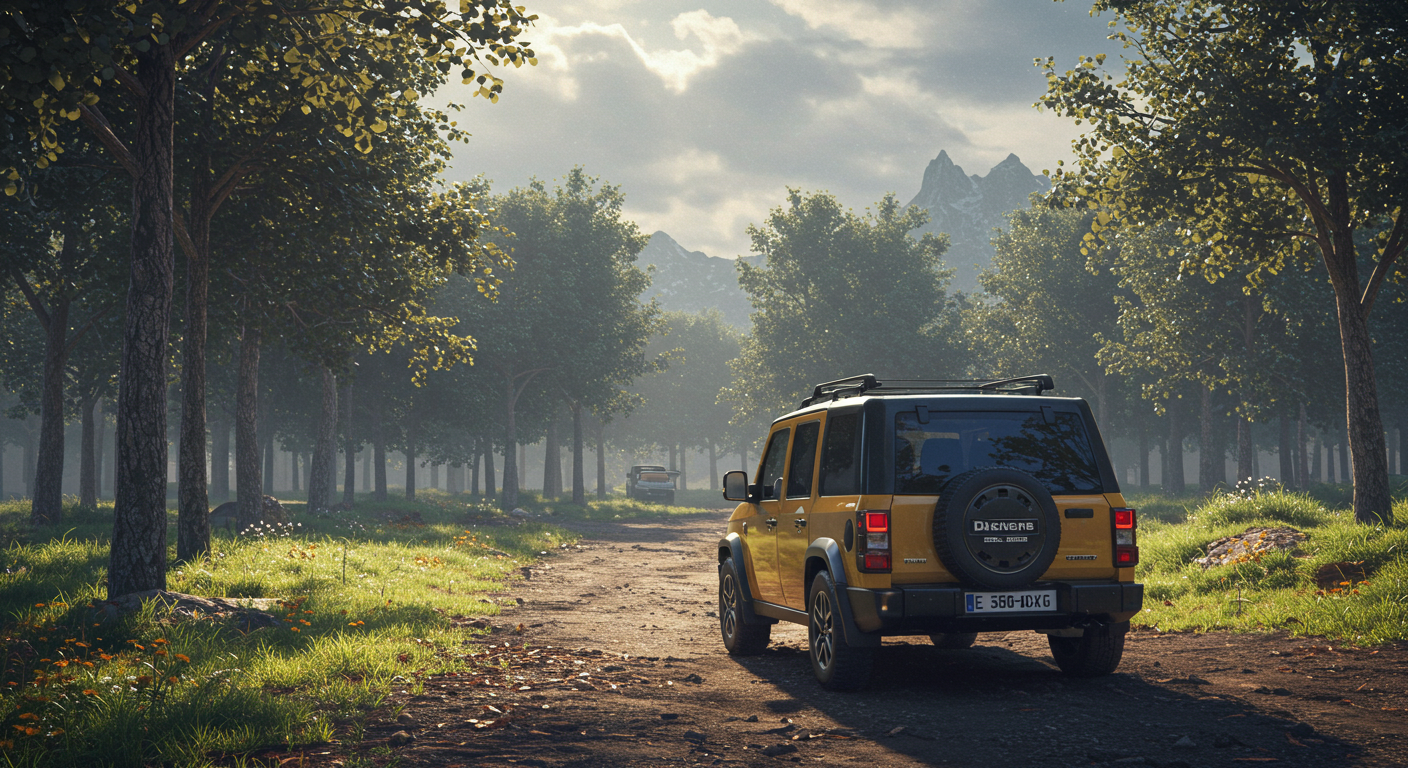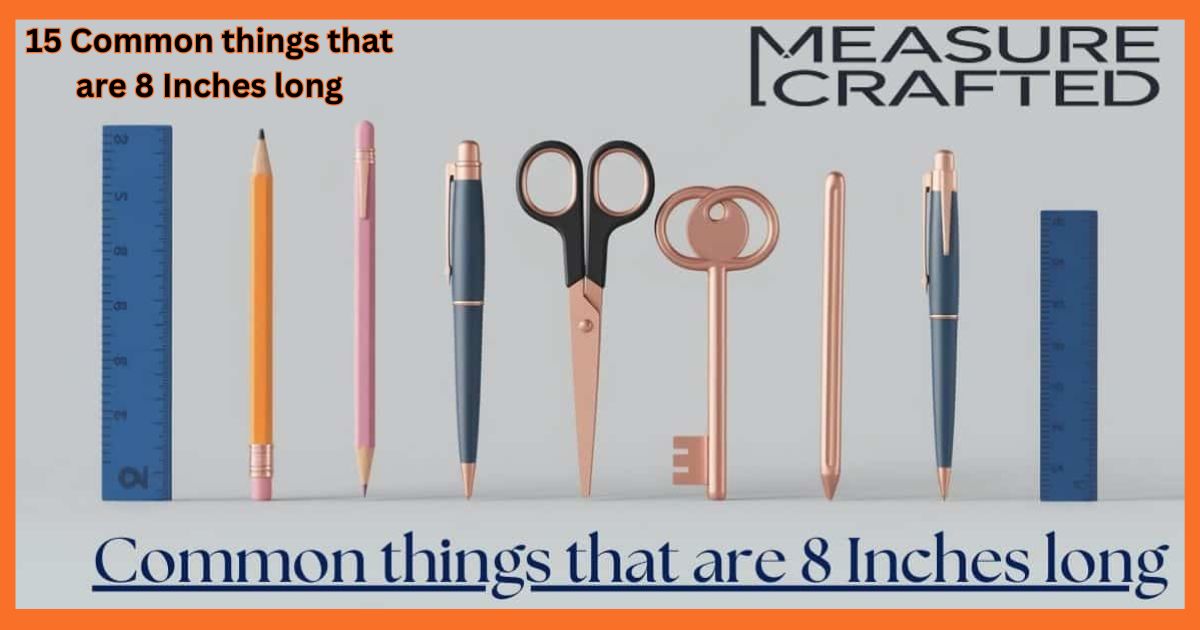When you try to picture 500 feet (ft), it’s honestly kinda wild just how much space that actually is. Like, it’s not just some vague measurement you hear and shrug off — nah, it’s a real stretch, something you can sorta imagine, but also kinda not. When you say 500 feet, you might think, “Okay, that’s like a few buses lined up or something,” but it’s way more than that. It’s about 152.4 meters, or 6,000 inches, and to put it in perspective, it’s roughly the length of about 1.5 football fields end to end. So, if you ever wondered how far that really is, or what real-world things measure up to that, you’re in the right spot.
I remember once standing on a rooftop, looking down the street and trying to imagine how far 500 feet was in terms of the city blocks I knew. Turns out, in many American cities, a city block is around 260 feet long, so 500 feet is like almost two city blocks stretched out.
Suddenly, that measurement isn’t just some number anymore—it’s a living, breathing thing. Let’s take a walk through some fascinating things that are about 500 feet (ft) long, from giants of the animal kingdom to iconic human-made marvels.
Giants of the Sea and Sky: Natural and Mechanical Behemoths
The Boeing 747-300’s Majestic Length and Wingspan
You ever look up and marvel at a plane crossing the sky, wondering just how big those flying machines are? Well, the Boeing 747-300, a classic jumbo jet, has a length of about 242 feet and a wingspan stretching 212 feet. While that’s not quite 500 feet long, if you line up two of them nose-to-tail, you’d get a solid 484 feet—almost exactly the 500 feet mark. Just imagine, two of these giants side by side could easily block your entire view of the horizon when parked.
People don’t often realize the careful engineering that goes into designing such colossal aircraft, balancing sheer size with the grace needed to soar through the skies. The Boeing 747-300 really changed air travel, offering passengers a taste of grandeur at nearly half a thousand feet in combined length.
The Blue Whale: Earth’s Largest Living Creature
If you think about 500 feet long, imagine a creature that could be close to half that length—like the blue whale, the largest animal ever known to exist. Blue whales typically measure around 100 feet long, meaning it would take about five blue whales lined up nose to tail to reach 500 feet. Crazy, right?
These majestic ocean giants aren’t just long; they’re also endangered and protected by international laws. Marine biologists and conservationists stress how important it is to keep the oceans safe for these gentle titans. It’s mind-boggling to realize that the length we’re exploring—500 feet—is just five times bigger than the biggest animal roaming Earth’s waters.
Shipping Containers and Semi-Trucks
Ever seen those massive semi-trucks hauling what look like giant metal boxes? Those shipping containers usually measure about 50 feet long. So, you’d need about 10 of these containers stacked end to end to reach the 500 feet (ft) length mark. This gives you a neat way to visualize it in everyday life, especially if you’ve been around ports or busy highways.
In logistics and shipping, these containers are the bread and butter, crisscrossing the globe and making international trade happen. The sheer coordination and planning to handle these long loads on highways and ships are astounding. If you ever visit a port, you might just see rows of containers stretching well beyond 500 feet—truly a symbol of modern global commerce.
Urban Landscapes and Architecture: When Cities Measure in Hundreds of Feet
Two City Blocks in American Cities: A Familiar Distance
In places like Portland and Houston, city blocks generally run between 250 and 300 feet in length, meaning that about two blocks equal roughly 500 feet. Walking two city blocks is something you do every day without thinking, but it’s neat to realize you’re casually covering half a football field’s length.
Urban planners and architects use these measurements carefully to design walkable cities with street lights spaced about 30 to 50 meters apart, or roughly 100 to 165 feet. The way cities lay out their blocks affects everything—from how you stroll through neighborhoods to how traffic flows. So, 500 feet is a kind of invisible thread connecting you to the very structure of urban life.
The Eiffel Tower: Towering Over 1,000 Feet
Standing in Paris, the Eiffel Tower rises a whopping 1,063 feet, more than twice the length of 500 feet. It’s one of those landmarks that instantly puts measurements into perspective. If you imagine cutting the Eiffel Tower in half, the lower half is about 531 feet, just a smidge longer than our 500-foot theme.
The Eiffel Tower’s size not only dominates Paris’s skyline but also captures imaginations worldwide. It’s fascinating how structures like this become a benchmark, helping us grasp large numbers through something visually stunning. The tower’s design and height were revolutionary when it was built in 1889, and it still sparks awe today.
50-Story Buildings and Their Sky-High Presence
A 50-story building can easily reach around 500 feet tall, depending on the floor height. That’s like stacking a hundred blue whales on top of each other! It’s wild to think that while the length we’re talking about is horizontal, it’s the same order of magnitude as the vertical giants in our cities.
These towering buildings shape skylines and define the hustle and bustle of urban life. Their heights affect how light falls on streets, how wind moves through cities, and even how people feel when they stand at street level looking up. So, 500 feet isn’t just a number—it’s a chunk of the urban sky.
Sports and Leisure: Fields and Fun Spanning Hundreds of Feet
The Length of a Football Field: An Easy Comparison
If you ever caught a football game, you’ve seen something close to 500 feet long. A standard American football field, including the end zones, measures about 360 feet, with the playing field itself around 300 feet and each end zone adding about 30 feet.
So, 500 feet is like a full football field plus a good chunk extra. Think about a wide receiver sprinting from one end to the other—it’s not quite 500 feet, but it’s close enough to help you visualize the scale.
Street Lights and Road Geometry: Lighting the Way at 500 Feet Intervals
Urban planners use a spacing of 30 to 50 meters between street lights, which converts roughly to 100 to 165 feet. That means every three or four street lights cover about 500 feet. It’s subtle but important because proper lighting affects safety, visibility, and ambiance in neighborhoods and city streets.
Imagine walking down a quiet street lit evenly every few dozen meters. That’s a dance of light and shadow choreographed by those precise measurements, keeping the night from being too dark or glaringly bright.
Maritime Marvels and Historical Giants
Harmony of the Seas: The Giant Cruise Ship
When it comes to length, cruise ships like the Harmony of the Seas are absolute behemoths. It’s roughly 1,188 feet long, more than twice the length we’re focusing on. But if you take about 42% of its total length, that’s just about 500 feet. Picture the grandeur of a ship that size slicing through the ocean, with decks bustling with thousands of passengers.
Cruise ships this huge redefine vacations, turning travel into floating cities. Their immense size is a marvel of modern engineering, balancing luxury, entertainment, and safety on a scale few other things can match.
Titanic: The Historical Giant of the Seas
The Titanic, famous for its tragic voyage, measured about 882 feet in length. Again, just over 1.5 times our 500 feet reference. Thinking about 500 feet helps you put into perspective how gigantic that ship was, especially considering it was built over a century ago with early 20th-century technology.
Maritime historians often marvel at the Titanic’s scale, a symbol of ambition and human ingenuity—and a reminder of the ocean’s unpredictable power.
Practical Perspectives: Laws, Regulations, and Everyday References
The Law on Car Headlights: Dimming at 500 Feet
Many places have laws requiring drivers to dim their high beams when approaching other vehicles within 500 feet to avoid blinding oncoming traffic. It’s such a specific number because it balances safety and visibility—far enough to see, close enough to prevent glare.
This practical use of the 500 feet measurement shows how ingrained this distance is in daily life, often without us realizing it. It’s the unseen ruler guiding safe driving habits.
Temporary Restraining Orders: The 500 Feet Safety Zone
In legal contexts, temporary restraining orders sometimes mandate a person stay at least 500 feet away from the protected individual. It’s a safety buffer zone ensuring enough space for peace of mind.
This application underscores how distance isn’t just about physical space but emotional and psychological safety, which 500 feet effectively provides in sensitive situations.
Wrapping It Up
So, after this journey through animals, airplanes, buildings, city blocks, and even laws, 500 feet isn’t just a cold number on a ruler. It’s a stretch of space filled with meaning, history, and everyday reality. Whether it’s the length of nearly two city blocks, the distance between dimmed headlights, or the scale of a 50-story building, 500 feet connects many aspects of our lives in surprising ways.
If you want to get creative, try using these references to write personalized messages or stories. Like, “Imagine the strength of 10 shipping containers lined up just to bring you this message,” or “Our love stretches longer than two city blocks, nearly 500 feet!” It adds a tactile feel that’s unforgettable.
And hey, what about you? What’s something in your life that feels about 500 feet long? Share your thoughts or stories below — let’s keep stretching that imagination!
Frequently Asked Questions
how far is 500 feet visually
500 feet is roughly the length of a 50-story building or about half the height of the Eiffel Tower, making it easier to picture as a large urban structure.
500 feet visualized
Visualize 500 feet as the combined length of 10 standard shipping containers or about one and a half football fields laid end to end.
how big is 500 feet
500 feet is about the distance of two average city blocks or the length of nearly two Boeing 747-300 airplanes placed nose to tail.
things that are 500 feet long
Examples of things that are 500 feet long include half the Eiffel Tower, 5 blue whales lined up, or half of a large modern cruise ship.
what does 500 feet look like
500 feet looks like the distance covered by 4 to 5 street light poles spaced apart or the length of 1.4 American football fields.

Rober max seo expert



